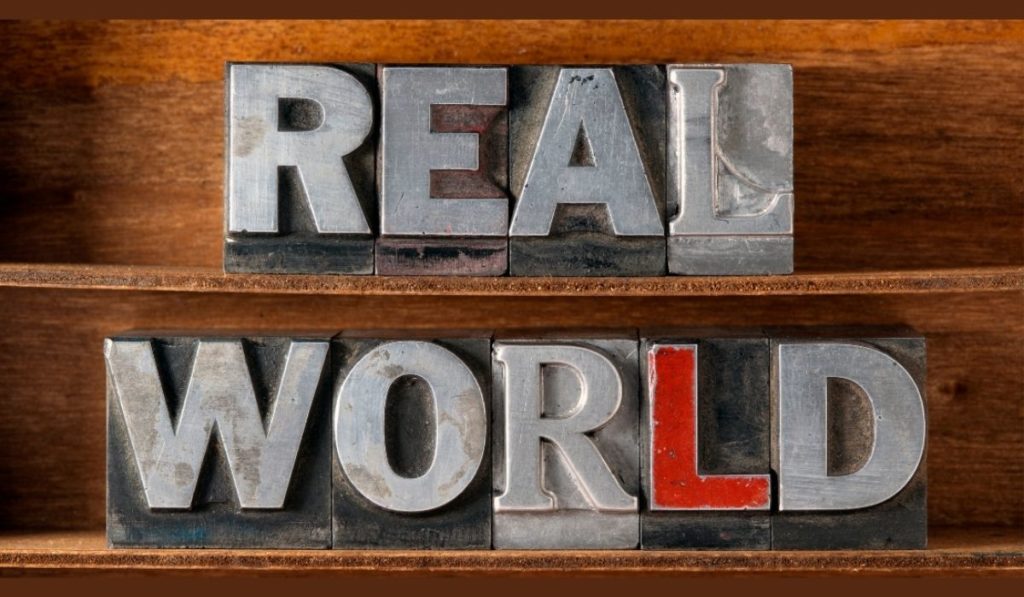
There is a solid reason to bridge the gap between real-world assets and decentralized finance. Unlocking access to new services and products will introduce broader financial equality and inclusion. Moreover, DeFi needs more liquidity to captivate a mainstream audience not involved in cryptocurrencies as of yet.
The Current State of DeFi
While decentralized finance has proven to be an appealing industry, it primarily caters to people who own or are interested in cryptocurrencies. As mainstream adoption of Bitcoin, Ethereum, and other crypto-assets remains lackluster, many people currently can’t access these new financial products and services. That is an unfortunate development that developers can resolve by broadening the list of supported assets. Rather than creating crypto-only assets, there are other sources of liquidity that protocols can tap into.
Bringing real-world assets into the DeFi fold can usher in some new cases. Moreover, it would provide unbanked and underbanked individuals with an avenue to alternative financial products and services. However, although some projects support the tokenization of real-world assets for DeFi purposes, they have yet to make a meaningful impact. Therefore, a different approach may be necessary. A more business-oriented solution can bring decentralized finance to the masses.
In its current state, DeFi has attracted over $165 billion in Total Value Locked. There are booming ecosystems across Ethereum, Tron, Binance Smart Chain, Solana, and various other blockchains. Those efforts are commendable, but they are not getting the everyday person on the street too excited. The demand for real-world assets in DeFi becomes more outspoken as time progresses. Service providers capable of bringing real-world assets to this industry conveniently are likely to gain a competitive edge.
The introduction of real-world assets can unlock new opportunities. Businesses could borrow against real-world assets or secure funding through other means. The possibilities are virtually limitless, but only if the service and product are convenient to use for everybody. Decentralized finance can support any asset type, whether artwork or music royalties to real estate and trade invoices. Unlocking the industry’s full potential is a must, and it needs to happen sooner rather than later.
The Role Of Centrifuge
Bringing real-world assets to decentralized finance is not a new concept. However, as several providers explore this option, the quest for market dominance becomes more outspoken. Centrifuge may hold the answers to most questions, as it bridges invoices, real estate, and royalties to decentralized finance. Their approach mainly aims to help SMEs bring down the cost of capital while offering DeFi investors a stable source of yield free from crypto-asset price volatility.
The current financial landscape is skewed and broken. Large businesses can gain access to liquid capital markets, whereas others need to rely on banks for capital. As the system lacks openness and transparency, smaller companies often face a steep uphill battle to acquire competitive interest rates. Centrifuge wants to change that narrative by letting SMEs finance real-world assets without intermediaries. Everyone and anyone can provide liquidity, with investors receiving a return and Centrifuge Token rewards.
For investors, access to Centrifuge’s solution occurs through the Tinlake decentralized application (Dapp). It is an open marketplace of real-world asset pools used by Asset Originators and investors. The core feature of Tinlake is on-chain borrowing against collateralized assets through smart contracts and without human intermediaries. As a result, asset Originators can access growing DeFi liquidity, and stablecoin issuers can provide a stable store of value through these collateralized asset pools.
More importantly, these asset pools allow users to invest immediately. Every user can learn more about the pools and find the one that suits their needs the best. After completing a Know Your Customer process and signing of subdocs for the individual pools, investors occur through the DAI stablecoin. All investments can be monitored through a convenient dashboard, making access and control available at the click of a button.
Leveraging NFT Technology
The vision by Centifugre is made possible through privacy-enabled non-fungible tokens (NFTs). Every NFT represents a tokenized individual asset, keeping certain attributes private while ownership is tracked through the Centrifuge Chain. Users can create, exchange, and verify asset data and exchange data off-chain. Asset Originators can share only the necessary asset information to acquire pricing and underwriting while keeping the rest private.
Every NFT-based real-world asset – including real estate, real-world loans, and outstanding invoices – can serve as collateral through Tinlake. Centrifuge provides a convenient gateway for real-world assets to enter the DeFi ecosystem while maintaining real-world use cases. Asset financing will evolve into a bankless approach and liquidity for assets that may otherwise remain illiquid. Centrifuge is the bridge between real-world assets and DeFi, resulting in more liquidity than before and new use cases.
Closing Thoughts
The approach by Centrifuge has proven successful, as the protocol manages nearly $20 million in TVL. Moreover, that amount keeps doubling every month, confirming the demand for bringing real-world assets into DeF. With almost a dozen live pools and hundreds of individual investors using Centrifuge, things are off to a good start.
The underpinning technology – Centrifuge runs on Polkadot – ensures fast transactions and low fees. In addition, Tinlake accesses the Ethereum liquidity, creating a two-pronged approach. A crucial step toward improving global financial inclusion and access to products and services.





















